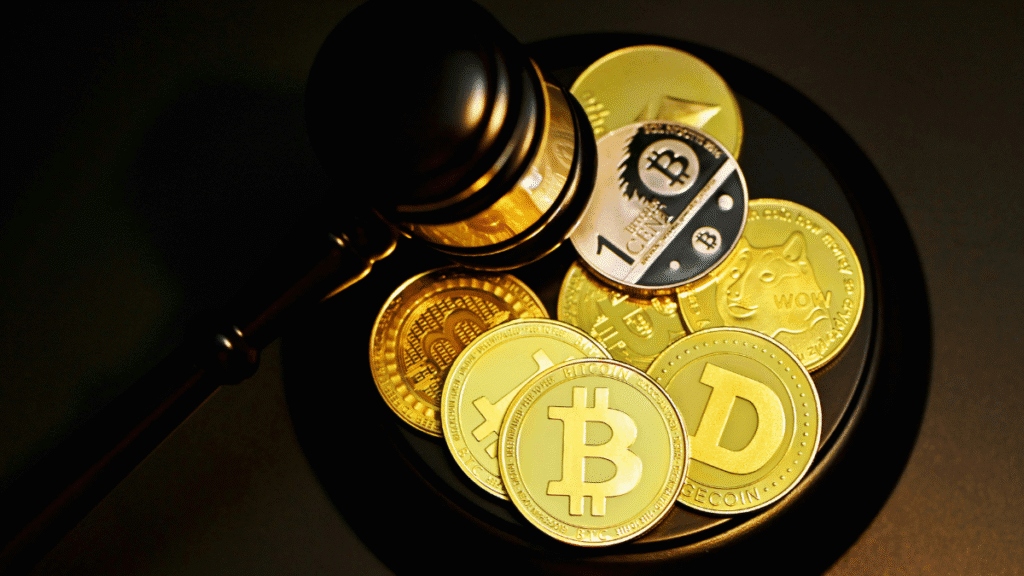Now Reading: Stablecoins Are Rising: What India Can Learn from America’s GENIUS Act
-
01
Stablecoins Are Rising: What India Can Learn from America’s GENIUS Act
Stablecoins Are Rising: What India Can Learn from America’s GENIUS Act

As the world of cryptocurrency matures, stablecoins—digital tokens tied to real-world currencies like the US dollar—are gaining serious traction. In the US, lawmakers are moving forward with the GENIUS Act to bring stability and accountability to these assets. Meanwhile, India is watching from the sidelines, trying to balance innovation with caution. So what can we take away from America’s regulatory push?
What Are Stablecoins, and Why Do They Matter?
Unlike volatile cryptocurrencies such as Bitcoin or Ethereum, stablecoins aim to maintain a consistent value by being backed by reserves. This makes them more practical for everyday use—like payments, savings, and cross-border transfers.
For Indian users, especially those in Tier 2 cities dealing with international remittances or small business transactions, stablecoins offer a low-cost and fast alternative to traditional banking delays.
The US GENIUS Act: A Framework for the Future
The GENIUS (Guaranteed and Enhanced National Income Using Stablecoins) Act is a proposed legislation in the US that aims to regulate stablecoin issuers. It focuses on full asset backing, transparency, and compliance—ensuring that these coins aren’t just tech experiments but part of a safe financial system.
This kind of structure can help build public trust, encouraging wider use of digital assets without sacrificing financial stability.
India’s Current Position: A Wait-and-Watch Game
India has taken a cautious stance on crypto. While discussions are ongoing, there’s still no specific law around stablecoins. The Reserve Bank of India has expressed concerns about financial instability, while the central government continues to explore a regulatory framework.
But in the absence of clarity, Indian startups, developers, and fintech users face uncertainty. This is especially true outside of metros, where innovation is growing but access to reliable financial tools remains uneven.
What India Can Learn
First, regulation doesn’t have to kill innovation. The US model shows that with clear rules, both users and businesses can benefit. Second, having government-approved standards for stablecoins can help reduce scams, improve transparency, and open the door for more mainstream adoption.
For a country like India, where UPI has already transformed payments, integrating regulated stablecoins into the digital economy could be the next step.
Conclusion:
Stablecoins are no longer just a niche product—they’re becoming a real financial tool worldwide. India has the talent and the tech to lead in this space, but it needs clear direction. Learning from the GENIUS Act could help policymakers find the balance between innovation and safety, especially in Tier 2 and Tier 3 cities that are quietly becoming hubs of digital finance.

























